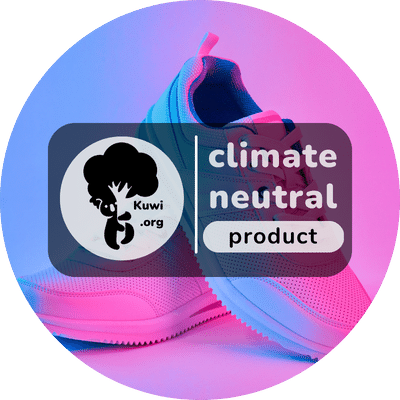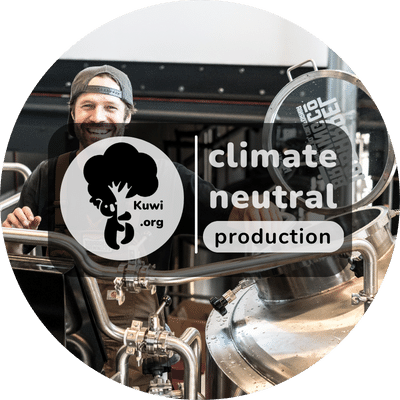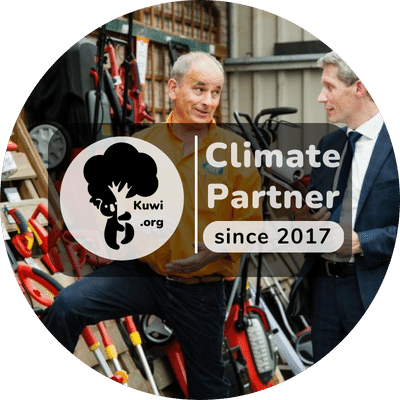Explanation of Climate Goals
Companies play a crucial role in a sustainable future. The climate goals are achievable for everyone and have a significant impact. In addition to a tremendous positive impact on the environment, you save money and foster a culture of sustainability within the company.
Only add a goal to your profile if you have truly achieved it. If you haven’t reached certain goals yet, that’s perfectly fine; use them as a guiding star to work toward with your team.
These are the goals for businesses

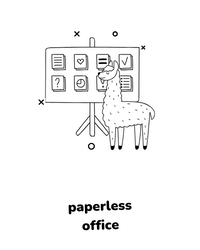



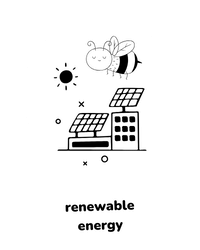





Goal 1 Reusable cups
Disposable items are harmful to the environment because they contribute to pollution, require energy and resources to produce, generate waste, and are often not recyclable. Cardboard cups are less harmful than plastic, but they are still much more environmentally damaging than regular, washable utensils.
- You have achieved this goal when your company offers reusable cups, spoons, and other utensils instead of disposable items.
- Individual choices by the employees are voluntary, but your company does encourage good choices.
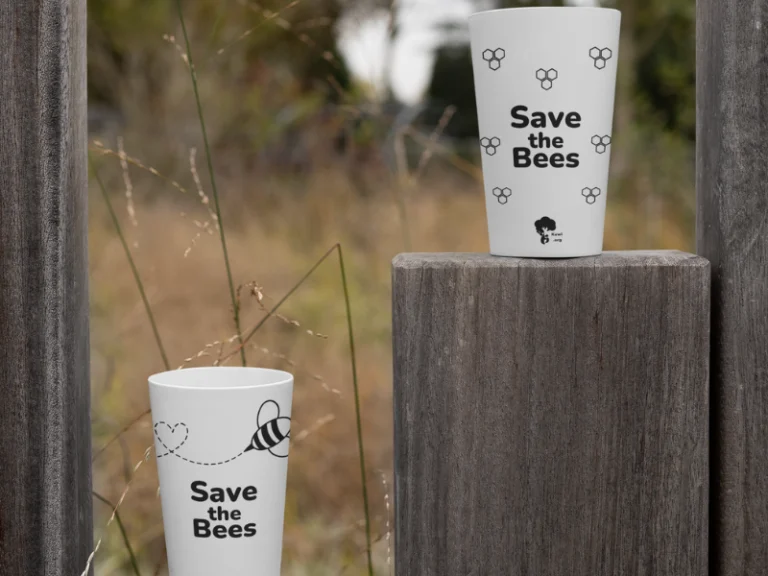
Goal 2 Paperless office
A paperless office is good for the environment because it reduces paper waste, conserves trees, saves energy and water resources, and increases efficiency.
- Printing is discouraged and limited to what is necessary within the company.
- There is a well-established infrastructure for digital documents.
- When printing is required, it is done on sustainably sourced paper.
Goal 3 Thermostat at 19 ℃
Setting the thermostat to 19°C is beneficial for the environment because it helps conserve energy, save money, reduce dependence on fossil fuels, and promote energy efficiency. It’s a simple and effective way to reduce our environmental impact.
Of course, no one should suffer from the cold. However, by rearranging your office, you can often find ways to accommodate everyone comfortably. Read more about it here.
- The team is willing to put on a warm jumper to set the thermostat at 19 °C.
- People who get cold easily are supported with a workspace close to the heat source.
- If it’s impossible to set the thermostat to 19 °C (e.g., due to medical limitations), you aim for the lowest temperature above 19 °C.
- It’s not about the exact 19 °C but about adjusting your behaviour.
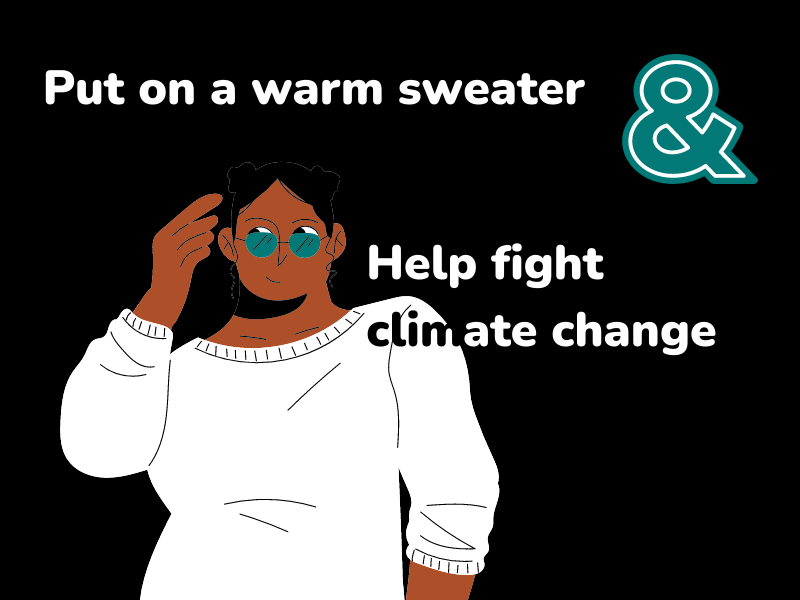
Goal 4 Responsible Business Travel
Meetings through video calls are better for the environment because they reduce travel, save energy, and reduce waste. By promoting video meetings, we significantly decrease our environmental impact.
- The company has a robust infrastructure for video conferencing.
- Video calling is encouraged to reduce the ecological footprint.
- When travel is necessary, green transportation methods are promoted.
- The CO₂ emissions from air travel are offset by investing in climate projects.
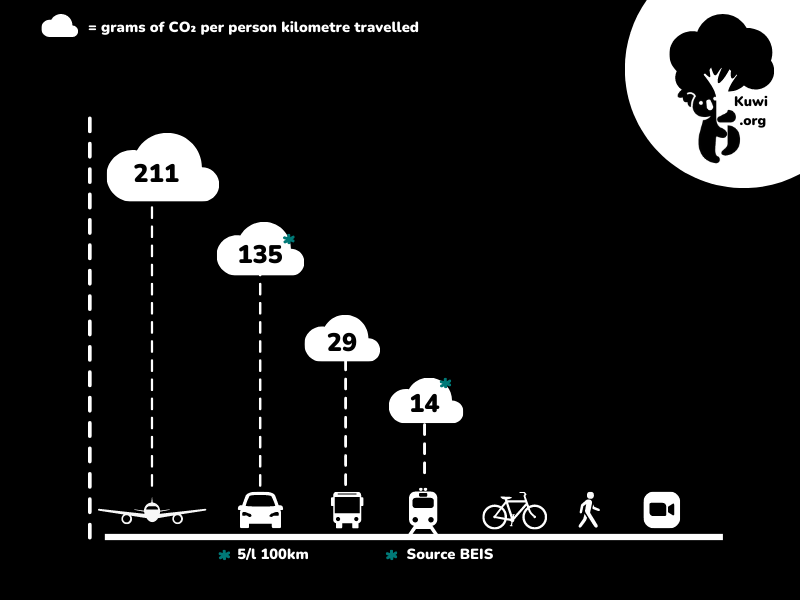
Goal 5 Reusing Boxes
This goal primarily pertains to boxes for internal use as well as shipments to partners like suppliers (not paying customers). Most companies, especially retailers, flatten all incoming boxes and then discard them as paper waste.
However, this is a waste, as most boxes can be reused up to fifty times. Reusing boxes is good for the environment because it reduces waste, saves energy, decreases greenhouse gas emissions, saves money, and promotes sustainability.
- You store boxes that are still in good condition.
- You don’t hesitate to use a reused box to send or present something.
- For new boxes, you always use paper from sustainable sources.n climate projects.
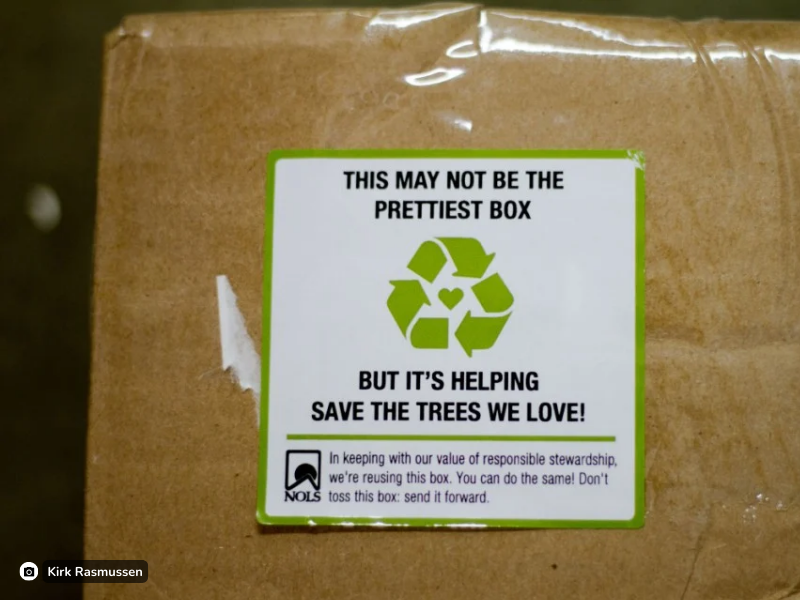
Goal 6: Sustainable Energy
Green electricity is sustainably generated from renewable sources. Energy sources that are clean, practically inexhaustible, and produce no CO₂ emissions during generation, such as solar, wind, and hydropower.
Although green electricity is becoming increasingly affordable, only 42% uses renewable energy in 2023.
- You use green electricity for all your business elements.
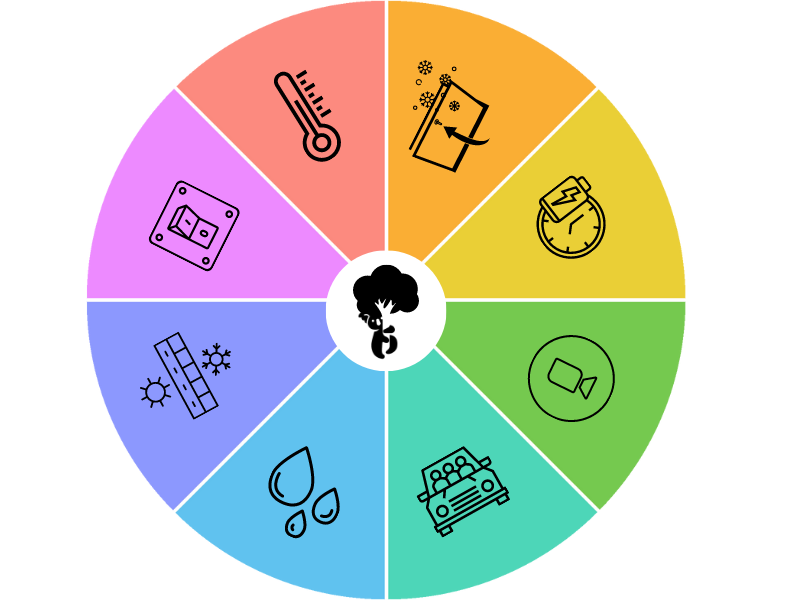
Goal 7 Energy Efficiency
This is an extension of the previous goal. It involves small adjustments and investments, such as insulation, which contribute to the Energy Label. Many companies still allow standby power consumption (standby power) and do not pay attention to energy-efficient lighting.
- The company establishes a clear policy regarding energy consumption.
- The company creates awareness among its staff.
- The company has implemented all low-hanging fruit solutions.
Goal 8 Waste Separation
In the UK, we are making good progress with waste separation, but we significantly lag behind other countries. About half of our waste is separated and recycled. For household paper and glass, we even bring around 70 per cent to the paper or glass container. By recycling waste, we conserve new resources and save energy, and money.
- The organization complies with UK Government directions and regulations.
- Glass, paper and cardboard, organic waste, hazardous waste, plastic, metal, beverage cartons, electrical appliances, bulky garden waste, construction waste, textiles, and residual waste are all processed separately.
- Your organization provides staff access to waste separation bins with at least three compartments (Paper, plastic, and residual waste).
- The organization provides staff with information on which waste belongs in which bin.
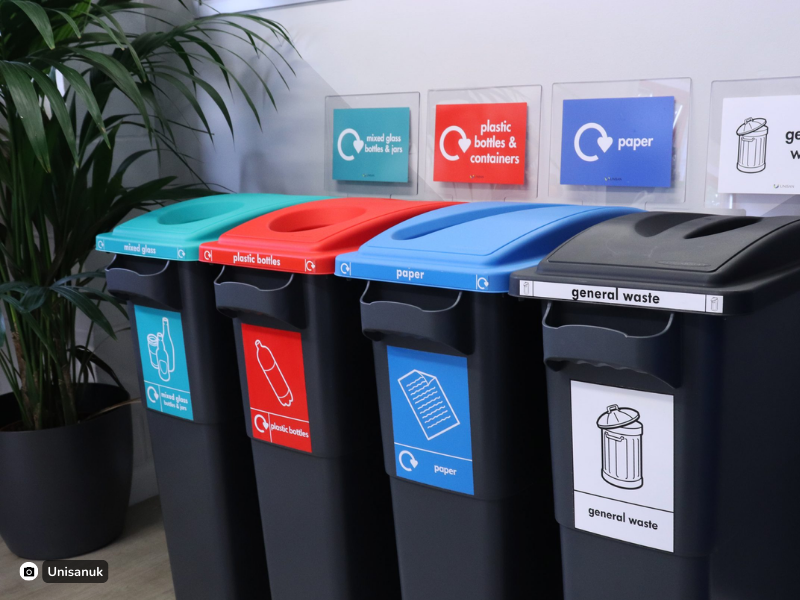
Goal 9 A Green Workplace
40% of Brits spend just 15 minutes outdoors each day. Many still work in hermetically sealed buildings with plastic furniture and limited ventilation. As a result, they are exposed to volatile organic compounds (VOCs) in the air.
Plants are the perfect solution for this, as their leaves absorb VOCs and transport them to the roots. The roots are where microbes go to work and break them down. Research shows that indoor plants can remove up to 87 per cent of air pollutants over a 24-hour period.
- Ensure an adequate amount of greenery in the office (the guideline is approximately 5 plants per 100 square meters).
- Make sure that all employees who primarily work indoors feel surrounded by enough greenery.

Goal 10 Sustainable gifts
Corporate gifts are given to employees, customers, stakeholders, or clients to express appreciation and gratitude or to foster better relationships.
Sustainable gifts are essential for reducing waste, supporting ethical and fair practices, and minimizing resource consumption. Furthermore, giving sustainable gifts can initiate conversations about environmental issues and inspire others to make more sustainable choices, encouraging a sustainable lifestyle.
- During the purchasing process, the environmental impact of gifts is always taken into account.
- The organization doesn’t distribute large quantities of low-quality gifts. For example, a pen can be made of plastic as long as it doesn’t fall apart after just a few uses.
- Ideally, the company emphasizes the environmental aspect of the gift to inspire others to engage in sustainable gift-giving.





